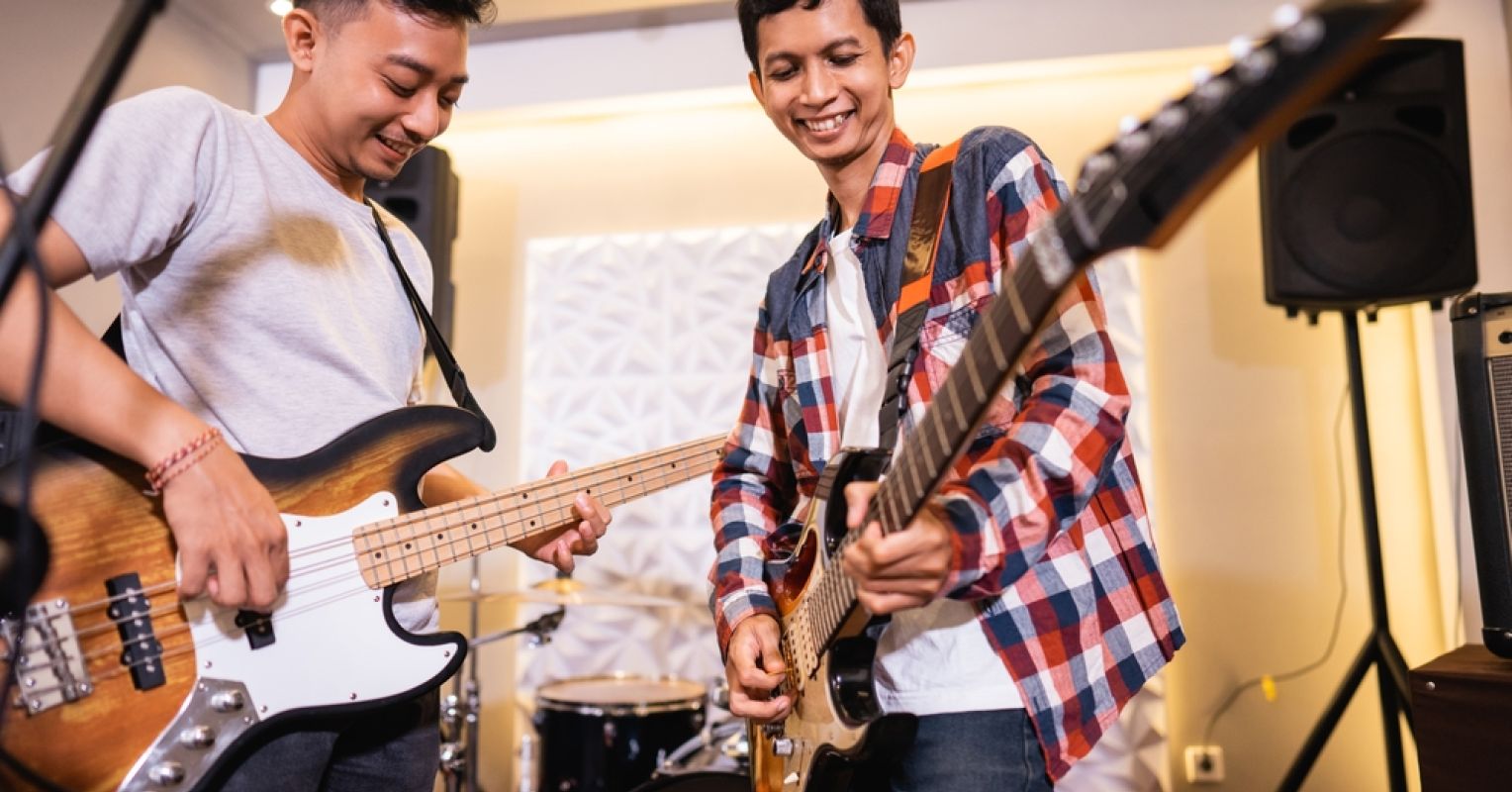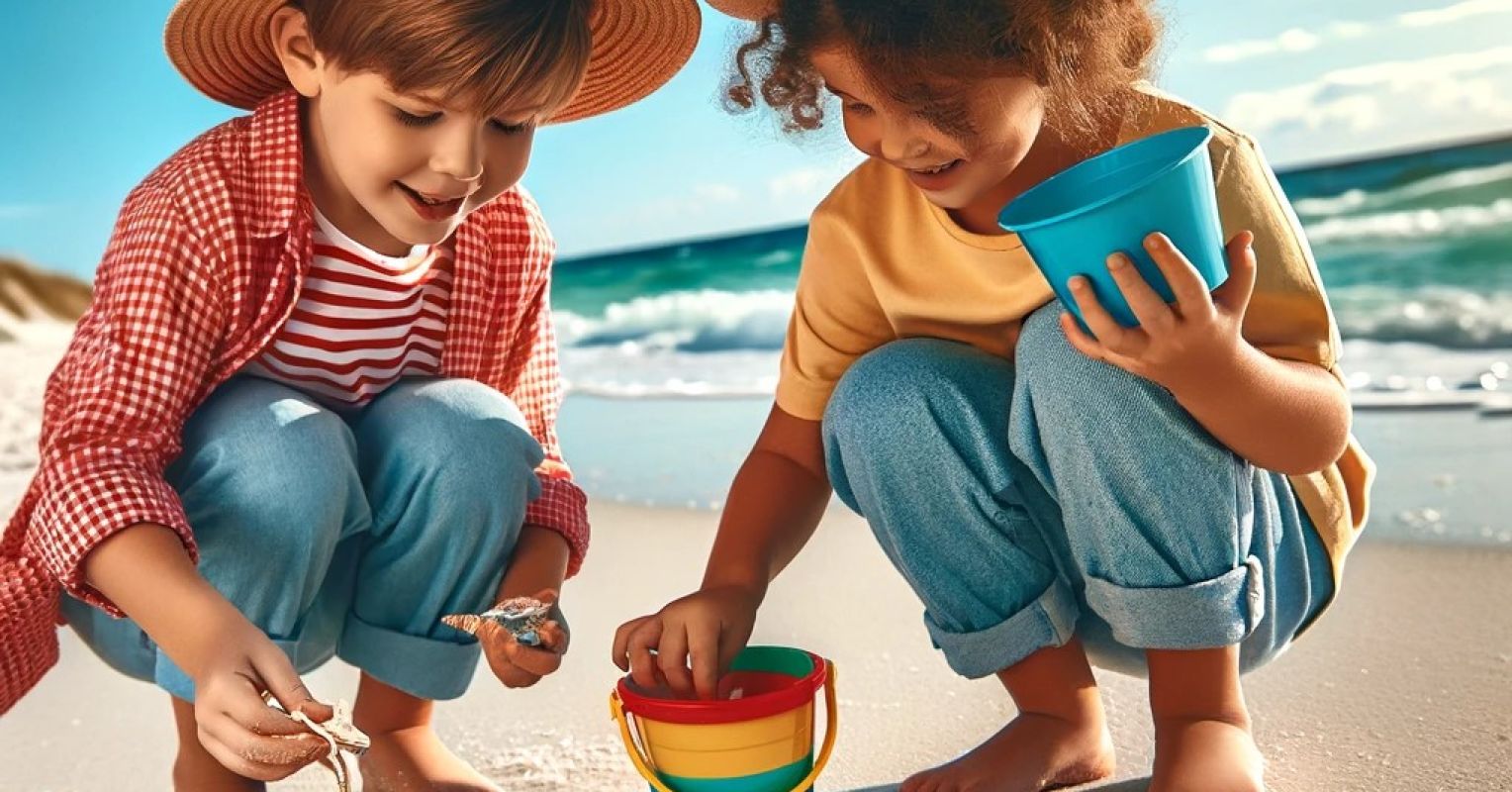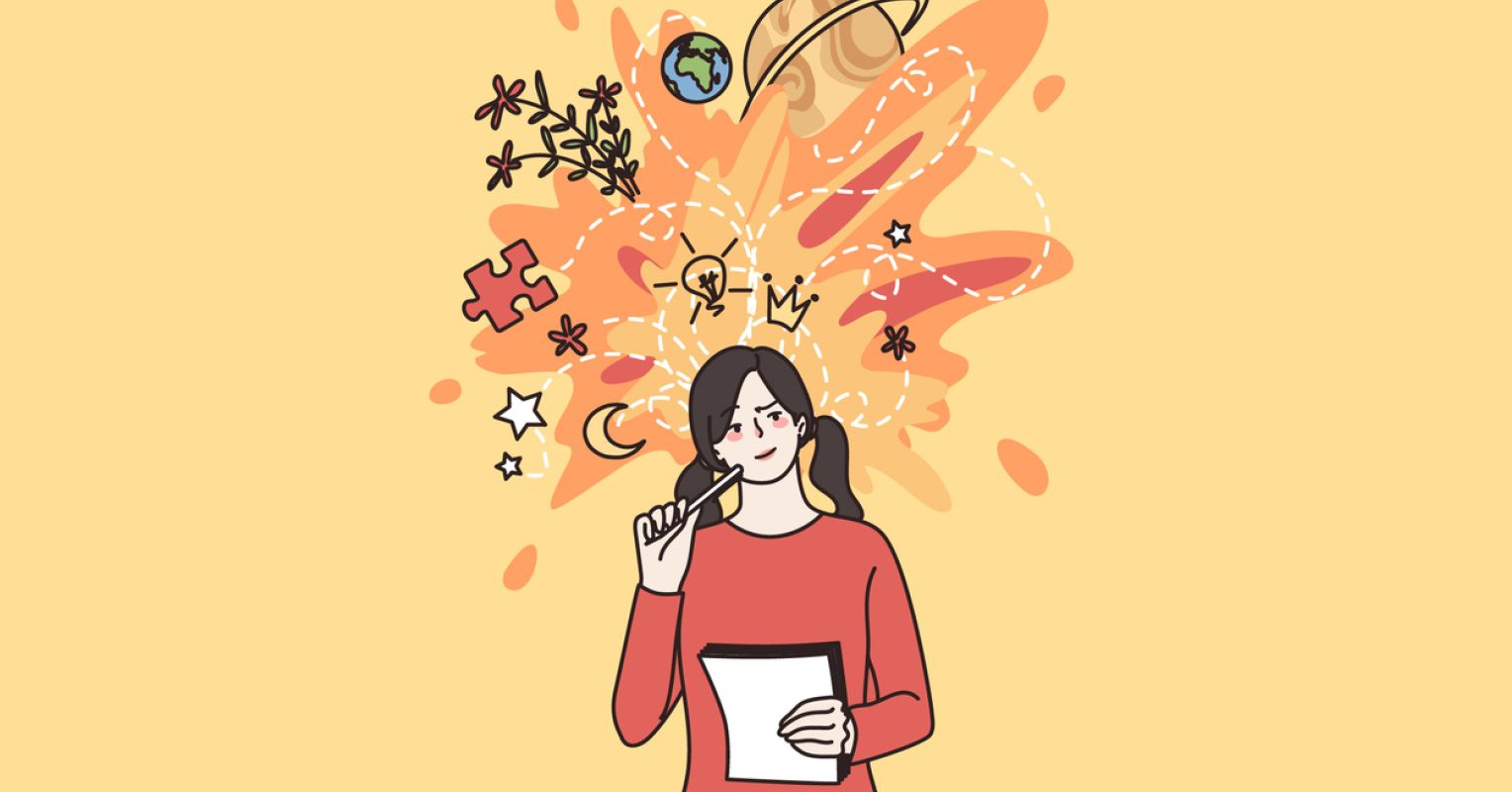The Relationship Between Music and Prosocial Behavior

The Relationship Between Music and Prosocial Behavior
Music is a multifaceted sensory modality, by which many factors are combined to create an experience. Music has long been understood and utilized to induce communal bonding and emotional states. But how does an auditory experience allow such depth in human response? In this blog, we will explore the multiple factors at play that allow music to influence prosocial behavior.
Emotional Factors of Music-Listening
Different cultures use a variety of musical scales and timbers to express emotions. However, one study found that despite varying tonal systems, listeners from one culture were able to identify the intended mood of a certain song from another culture (Balkwill et al., 1999). There are universally communicated elements through acoustic cues, tempo, rhythmic and melodic complexity, and pitch range.
Because the sympathetic nervous system activates during music listening from the time we are young, an association builds between music listening and physiological responses, which we conceptualize as emotional reactions. Further, musically induced emotions are felt just as strongly as other emotions (Kelley et al., 2014).
This explains how listening to prosocial songs, which advocate for positive communal interactions, can promote empathy, and reduce aggression, prejudice, and discrimination (Hong et al., 2023).
However, even extreme genres of music, such as heavy metal, can induce positive emotions in angry participants. When a person is angry, they have a set of physiological symptoms, including an increased heart rate. Extreme forms of music promote a similar bodily response in listeners, but rather than making them angrier, it allows them to feel less stressed, hostile, and irritable.
Perhaps this result arises because the induced physiological responses are not associated with an environmental trigger for their hostility. Thus, the affected individuals can learn that such physiological responses do not indicate that they should experience persistent anger. This shows the potential of music to serve as a healthy way of processing difficult emotions (Sharman & Dingle, 2015).
Communal Aspects of Music-Making
Music listening, in general, can facilitate positive emotions associated with prosocial behavior, but what does musical performance do? One study found joint music-making promotes prosocial behavior, including cooperation and helping behavior, among four-year-old children (Kirschner and Tomasello, 2010). This effect is seen because joint music-making in a group setting allows for a shared goal to come to fruition, by virtue of communal interaction.
Another study demonstrated that participation in musical group activities increases emotional empathy, even after the musical activity is over (Rabinowitch et al., 2013). In a one-year-long program, primary school children were broken up into a control group and a group with musical interaction. While both groups met weekly for one hour and played games, the children in the experimental group would play games with interactive musical elements that had tasks emphasizing self-other bonding, imitation, and flexibility.
For example, one game required that a group improvise together using musical instruments, over a consistently changing rhythm. The program regularly conducted psychological empathy tests and found that children in the musical interaction group had significantly higher empathy scores at the end of the year compared to the beginning.
Synchronization and Social Bonding
Music also impacts individuals of all ages, as we are very responsive to synchrony. Synchrony refers to behavioral, cognitive, or physiological responses, similarly experienced in real-time among interacting individuals. It is a core aspect of music listening and performance, and also takes place during dancing, marching, clapping, or other aspects of rhythmic engagement (Khalil et al., 2022).
Physiological synchrony unconsciously influences our behavior and desire to hold close social interactions (Behrens et al., 2020). One experiment determined that when people acted in synchrony, they were more likely to act on behalf of the group (Wiltermuth & Heath, 2009)
Synchrony leads to openness, honesty, and communal attachment by promoting the merging of the self and others (Schellenberg et al., 2015). One method by which synchrony encourages cooperative behavior is by activating the endogenous opioid system via beta-endorphin release (Lang et al., 2017). When beta-endorphins are released, pain and inhibition are decreased, and dopamine levels are increased (Sprouse-Blum, 2010).
A study examining high school students showed that group dancing significantly increased not only social bonding but also individual pain thresholds (Tarr et al., 2015).
Takeaway
Music has profound effects both on the listener and the performer. By prompting synchrony and emotional states, music offers a medium for prosocial interactions such as cooperation and empathetic understanding. The implications for music as a form of social bonding show its utility in treatment settings, or even in places like work, or school, where group cohesion is valued.
Mac Lancaster obtained his undergraduate degree in Cognitive and Behavioral Neuroscience at UC San Diego. Currently, he shadows Ran D. Anbar, M.D., observing patients and helping to write articles about hypnosis and counseling for publication in professional literature.



